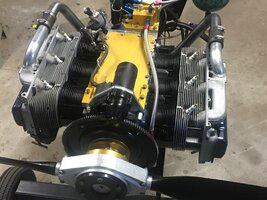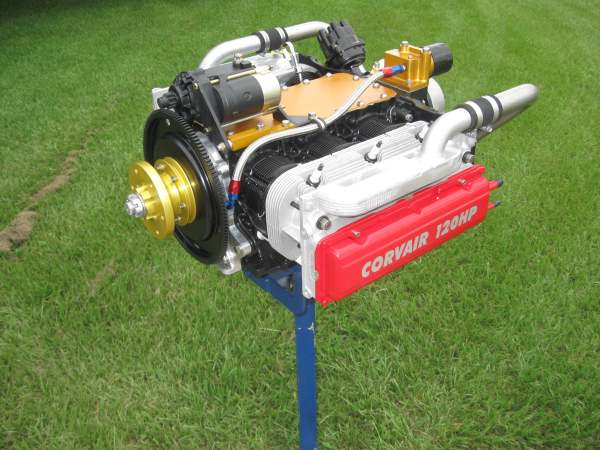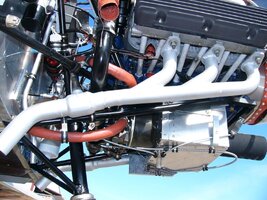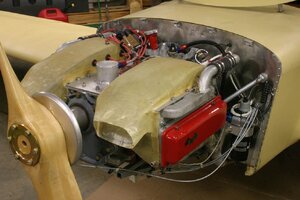Yup, that's me, that trip to the Alvord playa was a big fiasco for my cousin and me, record temps. close to 110* was too much to deal with, got to the playa in the afternoon, set up camp, and got the Dom. unloaded and prepared for the next day. The next morn. was when I was taxing around to get a feel for controls. As the morning progressed it got hotter and hotter, it was going to be a brutal day, by mid-day I decided I was not going to install my rotor, I had made my mind up to get the hell off the Alvord in the morning, nowhere to hide from the heat, left the next morning after being there only one full day. I was 74 years old and had 26 total duel with Ron Menzie and Michael Burton when I was at the Alvord, since then I have not pursued getting my S.L. but have done some modifications on the engine, went back to modified single barrel carbs on the heads, new starter system, and duel electronic hybrid ignition system, also a fifth bearing to take up the propeller load. I keep saying to myself, this summer, too much else to do this summer, next summer, boat to rebuild, next summer, and so on, and here I am today, waiting for next summer, I'm 80 going on 81 this summer, who knows? I sure the hell don't!!!









